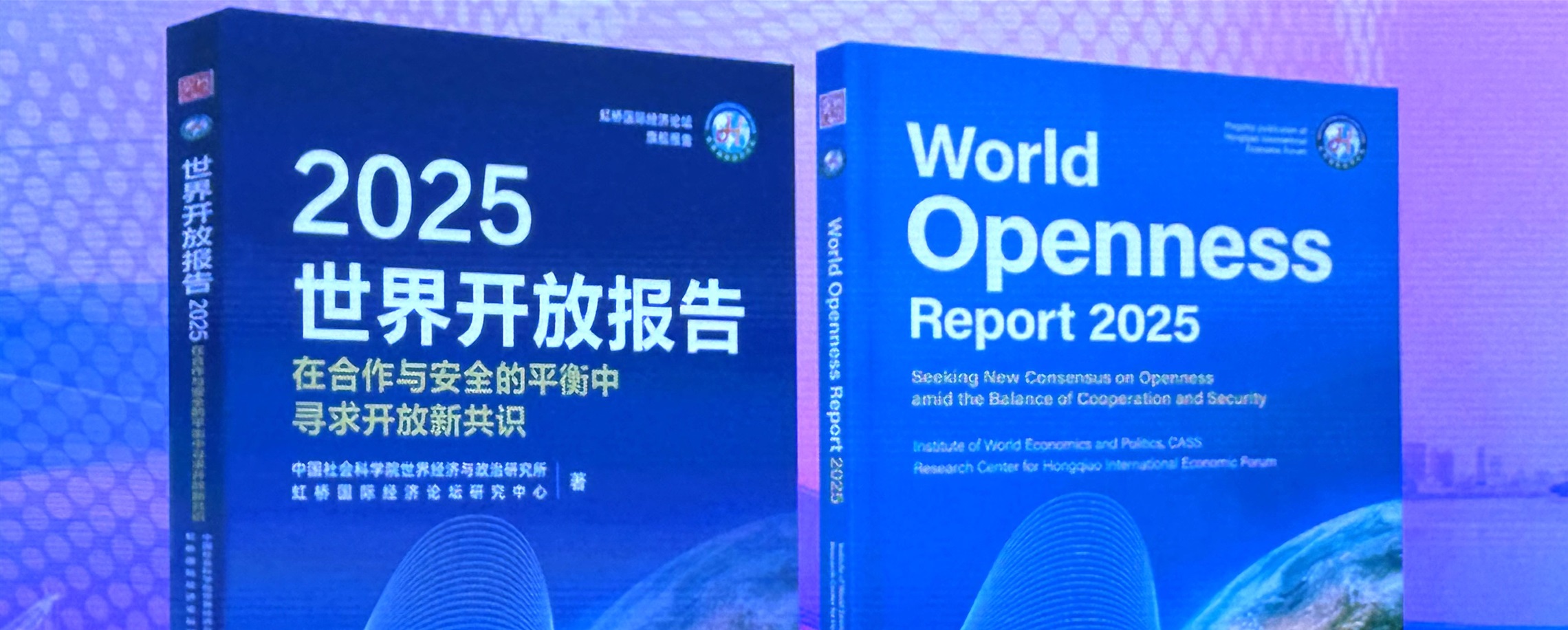Globalization Losing Momentum: Report Claims Drop in Overall World Openness Index

Countries, particularly in Europe, Central Asia and North America, are becoming less open than they were in the past, according to a recent report from the Chinese Academy of Social Sciences. However, China continues to embrace openness, viewing it as a stabilizing force in the volatile global environment.
The World Openness Report 2025, issued at the Hongqiao International Economic Forum of the 8th China International Import Expo that kicked off today, showcases the latest situation regarding world openness, aiming to promote economic globalization. This is the fifth year CIIE has issued the world openness report.
This year's report said that the overall world openness index registered a slight dip of 0.05 percent year-on-year last year, signaling that globalization is losing momentum. Compared with the benchmark year of 2019, the index has fallen 0.34 percent, and the drop from the pre-crisis peak in 2008 stands at 5.39 percent.
The index evaluates openness across three dimensions – economic, social and cultural – using standards that involve elements such as tariff policies, investments, immigration figures and tourist volumes.
"While social openness has held up relatively well, both economic and cultural openness are buckling under pressure," said Liao Fan, director of the Institute of World Economics and Politics of the academy. "Europe and Central Asia, alongside North America, were the only geographic blocs to experience a shrinkage in openness, suggesting traditional economic powerhouses are pulling inward."
Security considerations have become a key factor influencing the openness policies of various countries. Last year, global foreign direct investment declined by 11 percent, with over 40 percent of investment restriction policies involving scrutiny of foreign capital, particularly in sensitive sectors such as high technology and critical minerals.
In stark contrast, the resilience of emerging markets and developing economies shone through, posting a 0.42 percent rise in their collective openness index, positioning them as the new ballast for globalization. Take China, for example, statistics show that from January to July this year, the number of new foreign-invested companies established in China increased by 14.1 percent year-on-year.
"Digital economies, green technologies, and industrial chains are what push emerging powers to open up to the world," said Wang Xuekun, director of the research center for the Hongqiao International Economic Forum.
Digital trade has become a significant engine for global trade growth. From 2010 to 2023, the scale of global trade in digitally delivered services increased from US$3.5 trillion to US$8.2 trillion, with its proportion of total global trade rising from 9.5 to 13.5 percent.
The market size for frontier technologies is projected to grow from US$2.5 trillion in 2023 to US$16.4 trillion in 2033, expanding new space for open cooperation, said the report.
In the green sector, global clean energy investment has continuously grown from US$1.2 trillion in 2020 to an estimated US$2.2 trillion this year. For instance, global electric vehicle sales have surpassed 17 million units, with market share exceeding 20 percent for the first time.
Openness and cooperation also pushed energy transitions around the world, especially in areas that rely on traditional energies.
Qiao Yinping, chief operating officer of Shanghai Electric Group, said that the company's business expansion in the Middle East is an example.
"We have a project currently underway in cooperation with Oman," he said. "We have not only facilitated industrial applications and technology adoption for the local partner but also provided training and stimulated substantial procurement. This effort is bringing tangible change to regions historically focused on traditional energy sources."




In Case You Missed It...



